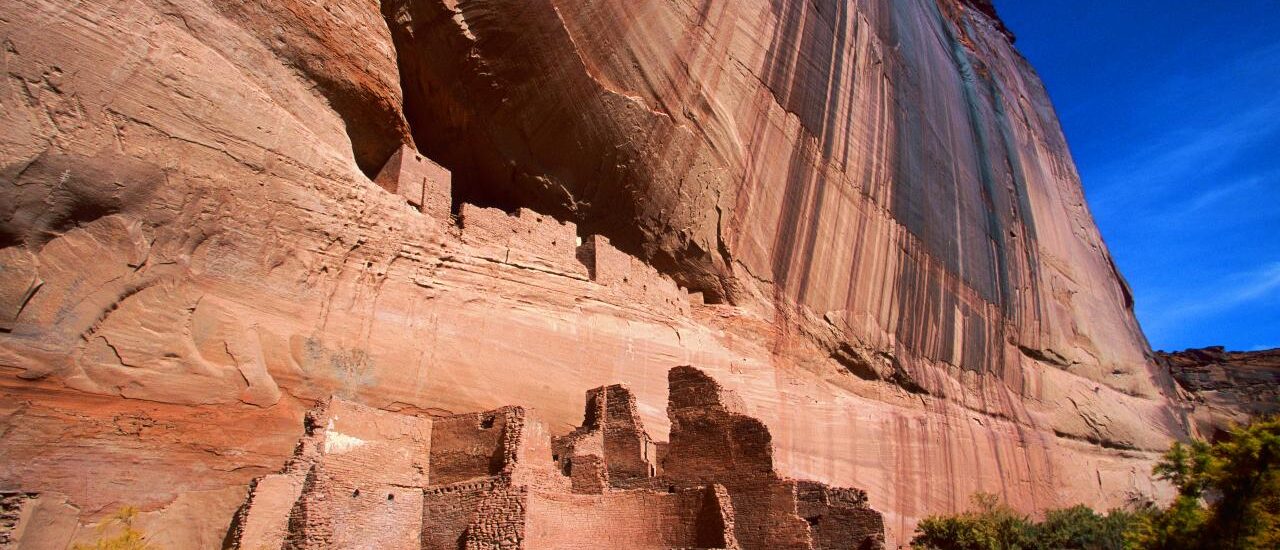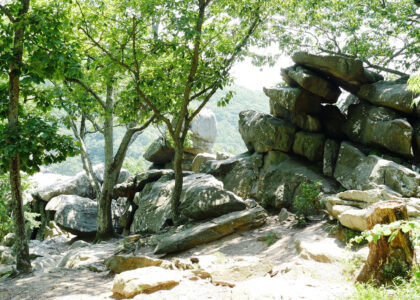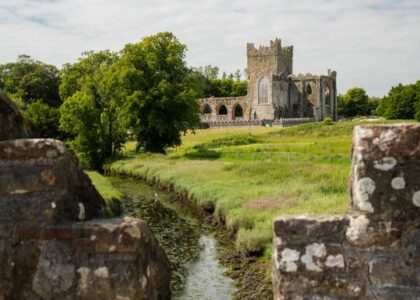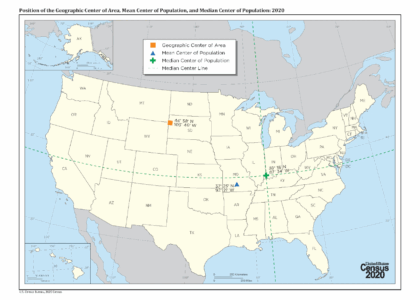Welcome to Canyon de Chelly National Monument, a place where time and history have left their indelible marks. This awe-inspiring location, characterized by its towering sandstone walls and vibrant cultural heritage, has been a silent witness to nearly 5,000 years of human history. As you stand here, imagine the ancient hands that carved petroglyphs into these rocks or the feet that once tread these canyon floors, leaving behind stories of resilience and adaptation.
Canyon de Chelly was established as a national monument on April 1, 1931, under the watchful eye of President Herbert Hoover. But its story begins long before that. The name ‘Chelly’ is a Spanish adaptation of the Navajo word ‘Tséyiʼ,’ meaning ‘rock canyon.’ This name only hints at the profound historical and cultural significance embedded within its landscape.
The earliest known inhabitants of Canyon de Chelly were the Archaic people, who lived in seasonal camps as hunters and gatherers. Around 200 B.C., a significant shift occurred with the arrival of the Basketmakers, who introduced farming to the canyon, planting crops and establishing more permanent homes. This transformative period paved the way for the rise of the Puebloans, who from around 750 to 1300 A.D., built sophisticated stone dwellings and ceremonial structures known as kivas.
One of the most iconic remnants of this era is the White House Ruin, named for the white plaster that once adorned its walls. Built into the sheer cliff face, it stands as a testament to the ingenuity and adaptability of the Puebloans. By the end of the 13th century, a severe drought forced these communities to abandon their canyon homes, leaving behind a legacy captured in stone.
The Hopi people briefly occupied the canyon, but it was the Navajo, or Dine’, who established a lasting presence in the 1700s. They transformed the canyon into a vibrant hub of agriculture and community life. However, the peace was shattered in 1805 when Spanish forces, led by Lt. Antonio Narbona, attacked the Navajo settlements, marking a dark chapter in the canyon’s history. Another tragic event unfolded in 1863 during the campaign led by Colonel Kit Carson, who destroyed Navajo crops and homes, leading to their forced relocation on the Long Walk to Bosque Redondo.
Today, Canyon de Chelly remains a vital part of Navajo life, with approximately 40 families continuing to live within its boundaries. The canyon is managed in a unique partnership between the Navajo Nation and the National Park Service, preserving its natural beauty and cultural heritage for future generations.
As you explore the canyon, don’t miss the breathtaking Spider Rock, a sandstone spire that rises 750 feet from the canyon floor. According to Navajo tradition, this is the home of Spider Grandmother, a revered deity known for teaching the people the art of weaving.
Canyon de Chelly is not just a place of natural wonder but a living testament to the enduring spirit of the people who have called it home. Its legacy continues to inspire and educate, offering visitors a window into the past and a deeper appreciation for the cultural tapestry of the American Southwest.






